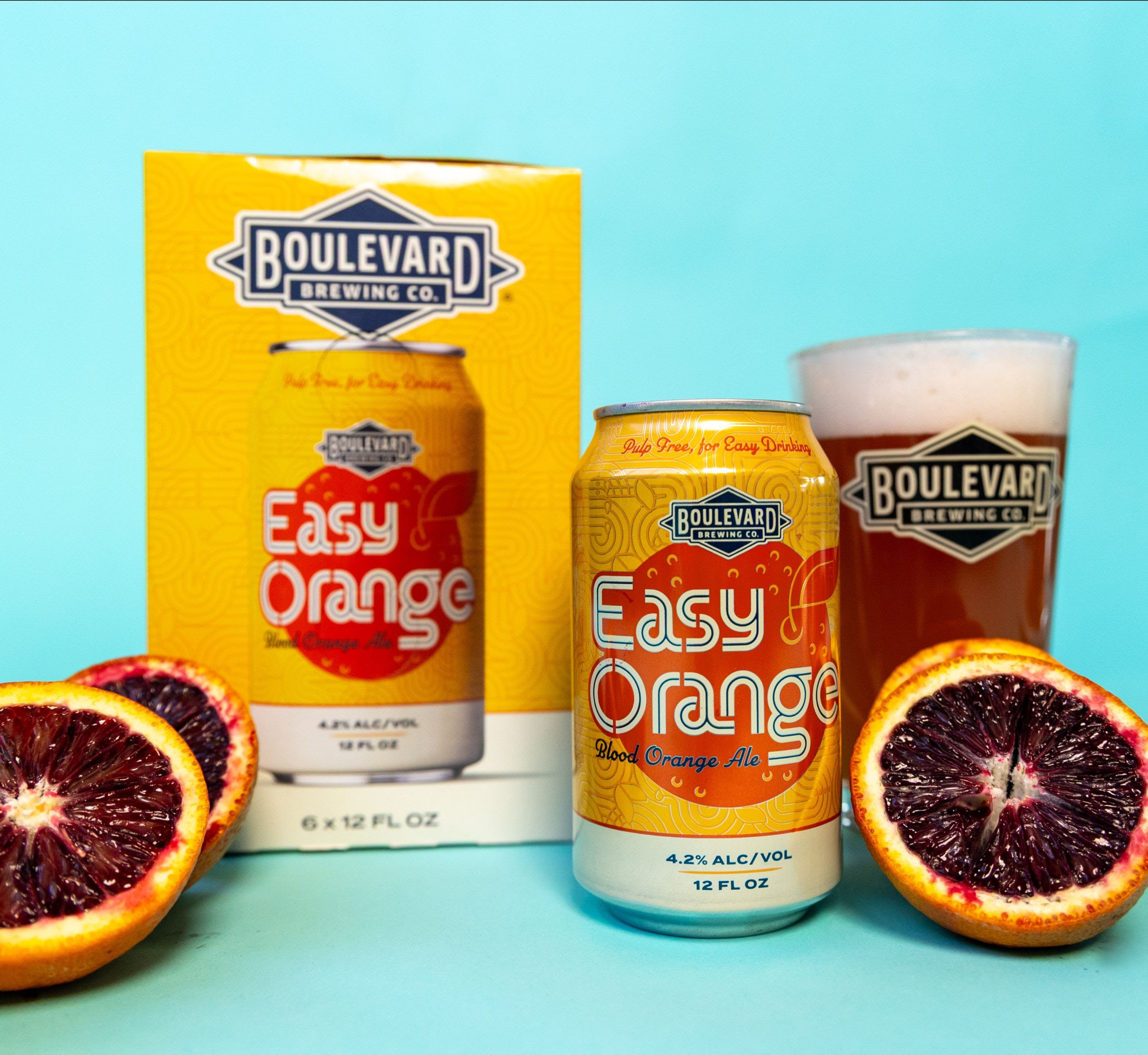
The barley used in Anheuser-Busch beers is some of the highest quality grain grown. After thriving for months in ideal climate conditions, the harvested barley undergoes a rigorous quality control process to ensure each kernel is worthy of being malted for a bottle of Budweiser , Goose Island Honker’s Ale, or Shock Top Belgian White (yes, even wheat beers contain some barley!).
Clark Hamilton is a barley grower in eastern Idaho who provides A-B with some of its stellar grain. Hamilton is not only equipped with nearly twenty years of experience as a third generation grower, but can lean on A-B’s SmartBarley program, an online benchmarking tool. SmartBarley enables a grower in Idaho to learn what a European farmer facing similar conditions in a different part of the world is doing to get the best results from a crop. These international colleagues can then share practices with regards to water, pests, or yield, to optimally achieve the performance metrics A-B requires of its ingredients.
One specific resource of the SmartBarley program is the AgriMet weather-data tool. Hamilton’s son, Jordan – also a barley grower – hopes that AgriMet will help his family to more efficiently irrigate fields to save water while increasing crop yields and lowering costs. The technology is so cutting edge that its full effects have not yet been measured, but the younger Hamilton already appreciates that AgriMet can measure rain and give an estimate of when and how much water should be applied. “Because we have been blessed with some good rain this season,” he explains, “we have not had to irrigate — but the AgriMet still extrapolates soil information.”
Hamilton also employs other techniques to get the best result from his crop. For example, as he explains, “We apply a growth regulator to help the crop stand tall. It actually shortens the straw a little bit and makes it stronger. And it makes for a better quality, more plump kernel.”
Once harvested, the barley must still undergo an intense examination before it is used as an ingredient in any of A-B’s beers. To do this, A-B pulls a homogenous sample representing the entire lot that will be non-chemically analyzed for any negative traits. Tools used include a digital scale that can accurately weigh items to the nearest hundredth of a gram, separating tools such as tweezers or forceps, magnifying equipment, and a scalpel. The examination must take place in a well-lit area on a background surface that properly enhances each of the characteristics being considered.
The barley is evaluated by its color, odor, and overall health (which includes any damage due to blight, mold, heat, frost, or insect infestation). Additionally, inspectors take note of any kernels that have been broken, skinned, or have sprouted prematurely (due to exposure to rain or atmospheric moisture, which would render the barley impossible to malt). Only barley that passes all of these scrupulous testing points will be used by A-B in its beers.
Hamilton is quite proud to be producing such high-quality grain, and the standards that A-B have set for his product only pushes him harder in his quest for excellence. “It’s a win-win relationship,” he says of the partnership with A-B, “because we live in an area that we can produce good malt barley, and A-B is in a position where they can buy it.”









0 comments (click to read or post):
Post a Comment
Please leave a comment...I do moderate each comment so it may not appear immediately...and please be nice! You can also comment using Disqus (below) or even comment directly on Facebook (bottom).